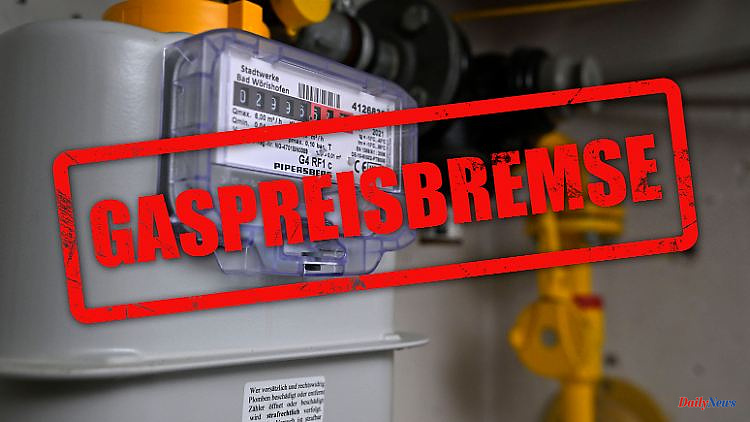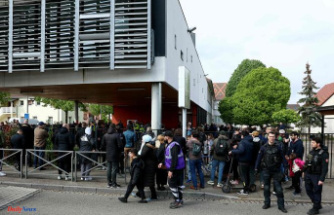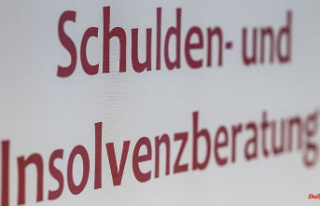Since the energy crisis has not yet been overcome, politicians are reacting with more and more aid packages and measures that have already been decided are being withdrawn or revised. This is how you as a customer keep an overview.
Since Russia attacked Ukraine and the West reacted with severe sanctions, the situation on the energy market has become increasingly confusing. The gas levy initially planned by Economics Minister Robert Habeck would have provided for all gas customers to share in the increased costs and thus support gas importers. However, this proposal was already overturned on September 29th and will definitely not become reality. Instead, the government has now agreed on emergency aid in December and is planning an electricity and gas price brake from 2023. An overview.
At the beginning of November, the federal government agreed with the federal states on a new package to relieve the burden on citizens. The proposal by a commission of experts from the end of October was accepted in principle in order to relieve consumers. As a first step, the law of November 19 gives gas and district heating customers a one-time emergency aid, which is intended to cushion the additional gas costs in winter. But be careful: the impression that the government is simply paying the entire December bill is not entirely correct.
Instead, the procedure is as follows: The gas suppliers forecast the annual gas consumption of a household or company based on the month of September 2022. One twelfth of this forecast is multiplied by the working price in December 2022, supplemented by one twelfth of the basic price. Gas customers get this amount waived by their suppliers. This means that there is still an incentive to save energy, because anyone who burns more than forecast in December will have to pay for this additional consumption later at the current market prices.
Everyone who has a direct contract with a gas supplier benefits directly. In many cases, anyone who has given their supplier direct debit authorization does not have to do anything at all, because some large suppliers have already announced that they will not even collect the deduction in December. Anyone who has set up a standing order can suspend it for December. If you don't do this and pay anyway, credits should be offset in the following statements or at the end of the current contract period.
On the other hand, tenants who do not obtain their heating energy directly from a supplier, but whose landlords have concluded contracts with suppliers, have to wait. Because billing is done between homeowners and gas suppliers, tenants only find out how much relief they actually got in their utility bill for 2022. Depending on when this statement is drawn up, it is also possible that it will not be known until December 2023 how high the de facto relief was.
In both cases, the deduction calculator from the consumer advice center can help you find your way around. In any case, the energy suppliers are prepared to handle the emergency aid. Eon Sales Managing Director Filip Thon explained when asked: "The December emergency aid as a bridging measure until the gas price brake takes effect is right and important for our customers. We have already made preparations at full speed so that our natural gas customers can be able to benefit fully and unbureaucratically from the emergency aid."
In a second step, electricity and gas customers are to be relieved beyond December. Between March 2023 (retrospectively from January 2023) and April 2024, the gas price will therefore be capped at 12 cents per kilowatt hour for 80 percent of the expected total consumption of private households and medium-sized companies. The contract price applies to the remaining 20 percent of consumption.
The same applies to electricity: the price per kilowatt hour is capped at 40 cents for households, small and medium-sized companies - for 80 percent of the expected total volume. Industrial customers are also supported: They pay 7 cents per kilowatt hour for 80 percent of historical gas consumption or 13 cents per kilowatt hour for 70 percent of electricity consumption - unlike private customers, these are net prices, i.e. taxes and fees for network use to be added. At least that is what the plans of the federal government, which wants to get the project through the Bundestag and Bundesrat by mid-December, envisage.












